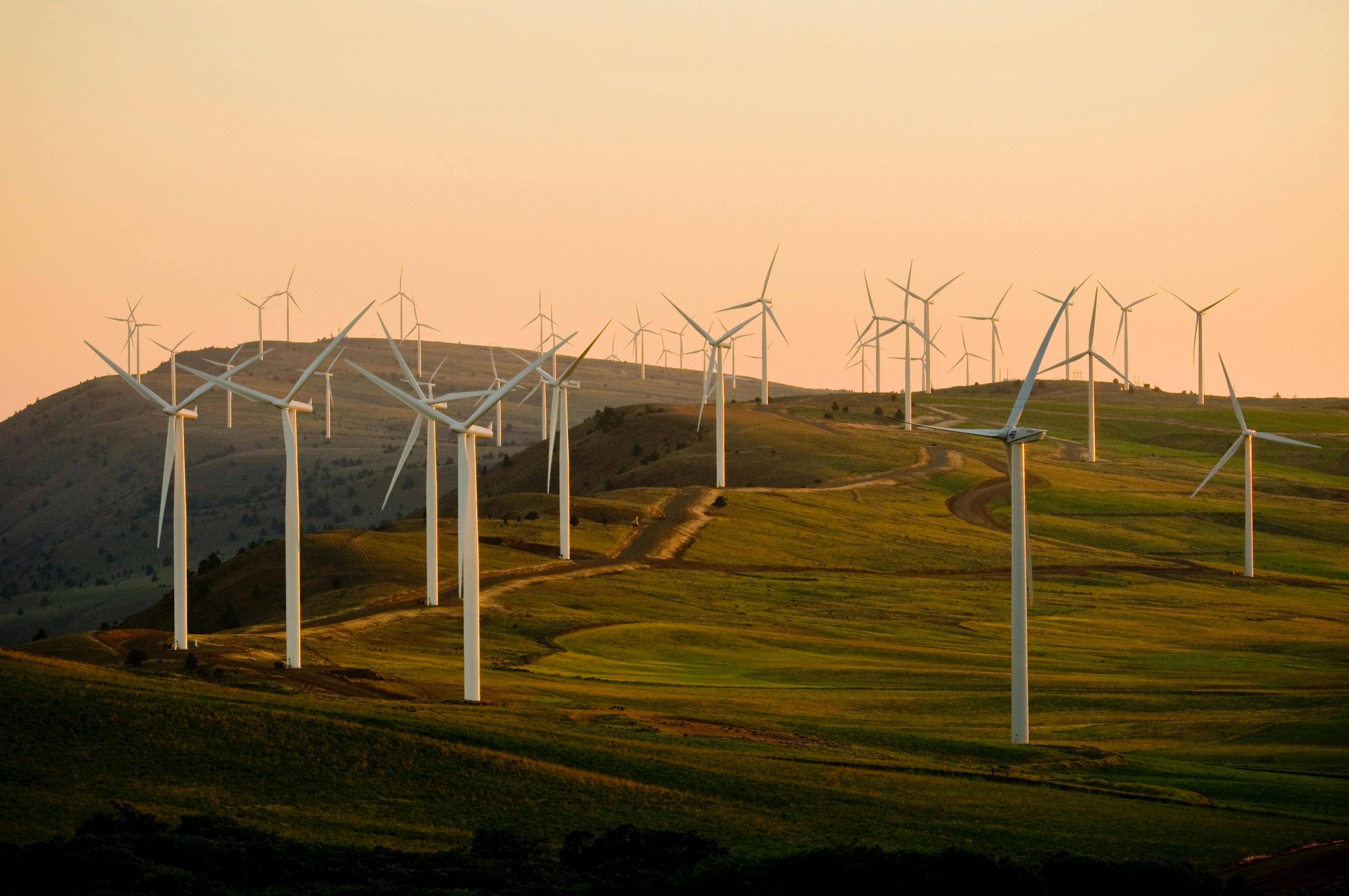News — 4 April 2024
Carbon-Free Chronicles: the essential round up of news and reports relating to 24/7 clean energy
We constantly see more content, education, reports, news and announcements shared on the topic of certificate management, 24/7 carbon-free energy and clean energy sourcing. Here we highlight the best news and reports alongside our own regular insight articles from March 2024.

What we’re reading
The European EAC market set to grow by 80% over the next ten years
- The market for European guarantees of origin (GOs) will increase by 80% from 2022-2030, according to Aurora Energy research.
- The report emphasizes how hourly GOs are crucial for accurate electricity usage tracking and green hydrogen production (hourly matching is required by 2030 in UK and EU, and 2028 in US).
- The implementation of hourly GOs is a central component of the energy transition.
In the US, voluntary RECs are overtaking compliance REC
- SPG Global projects that voluntary RECs will leapfrog compliance RECs by 2024, and represent two-thirds of the overall certificate market by 2033.
- The voluntary REC market will grow at a 15.9% compound annual growth rate from 2024 through 2033, from a projected $1.69 billion in 2024 to $10 billion (upside case) by 2033.
- This growth is “fueled by a seemingly insatiable corporate appetite for green energy” - particularly from data centers.
And the demand for 24/7 carbon-free energy PPAs set to triple (CFE)
- Guidehouse Insights expects the value of the 24/7 CFE PPAs market at $5.5 billion this year, and forecast growth at a compound annual growth rate of 11.4% to $14.7 billion over the next ten years.
- This is led by the hundreds of corporation, organisations and governments adopting 24/7 CFE.
- "The model has increasingly appealed to large energy buyers looking to decarbonize the electrical grid and meet aggressive sustainability targets," says Bitania Yemane.
24/7 CFE Tariff design underway
- Utilities are critical to hourly matching and 24/7CFE delivery. We need them to develop adjusted tariffs and programs.
- We joined the Regulatory Assistance Project’s working group to define 24/7 transition tariffs that ‘seek to match a customer’s hourly consumption with deliverable carbon-free electricity provision in each hour of the year’.
- The RAP offers guidance to utilities in designing 24/7 tariffs: Integrate transition tariff investments with ongoing utility planning. Ensure accurate hourly emissions tracking and verification. Design transition tariffs to accelerate complementary investments. Employ rate design to ensure fairness and to align carbon-free electricity grid needs with pricing and compensation. Integrate operating systems to implement hourly matching.
EnergyTag new standard publication
- EnergyTag, the non-profit defining and promoting real-time tracking with Granular Certificates has published it’s Granular Certificate (GC) Scheme Standard and Granular Certificate Matching Standard.
- The GC scheme Standard sets out requirements and guidelines for implementing a GC Scheme that either supplements an existing Energy Attribute Certificate (EAC) Scheme, or creates a complementary scheme if the existing scheme has not yet evolved.
- The GC Matching Standard specifies a mechanism for matching GCs with consumption to enable temporal, geographic and attribute matching so that consumers can demonstrate compliance with regulations or meet their own voluntary goals.
What we’re writing
24/7 CFE is more accessible than you think
- So we debunked myths for you. Aiming for 24/7 CFE doesn’t require 100% matching in every hour of the day, nor does it have to be complicated and expensive.
- In some cases, reaching 90% hourly CFE matching could be achieved without further investment.
- Energy suppliers and retailers today are developing 24/7 tariffs for their customer base, sometimes at a premium but not always. See Good Energy and SSE’s examples. In these tariffs, suppliers use EAC purchase and budget in a way to direct it to where and when it has the biggest impact.
- Another myth we put behind us? That we need to wait for regulation. 24/7 CFE also doesn’t require waiting for regulation, nor registry adjustment to hourly EACs: hourly matching, backed by metering data and existing EACs, can have an immediate decarbonisation impact. Get in touch to learn how we do it.
Catalyzing green hydrogen economy
These tariffs will come in handy when it comes to hydrogen. The U.S. Treasury proposed new rules for the 45V hydrogen production tax credit, requiring green hydrogen to be produced from a clean electricity source, every hour, every day. The rules has some requirements in sourcing, system and proof.
- Sourcing: to qualify for the maximum credit of $3/kg H2, hydrogen developers need to have carbon emissions below 0.45 kg CO2e/kg H2. This will require taking on a carbon-free generation portfolio approach (solar, wind, dispatchable nuclear and hydro, batteries...) and also grid supplied CFE, opening up a huge opportunity for energy retailers to develop CFE tariffs to meet H2 requirements.
- System: we need time-stamped EACs. M-RETS, PJM, NAR already have hourly tracking systems in place and we expect more registries to follow suit. In the meantime, hourly matching can be demonstrated on the back of EACs with hourly metering data.
- Proof: transparency and accountancy are critical. The 45V rules require verification reports for each qualified clean hydrogen production facility and each tax year. We need tools and players to deliver this.
Comment, tell us what you’re reading and get in touch to discuss!
Share article